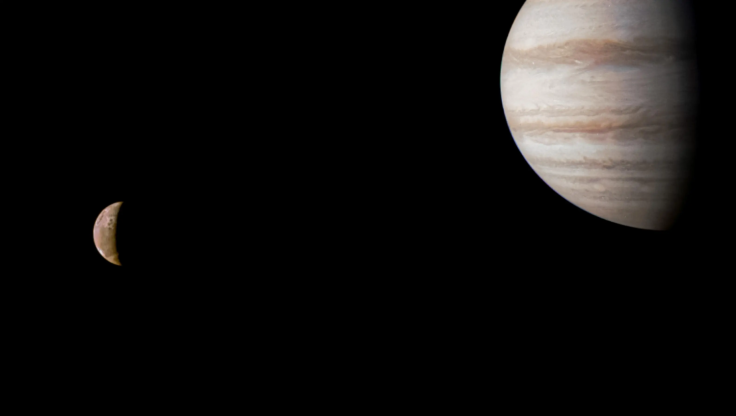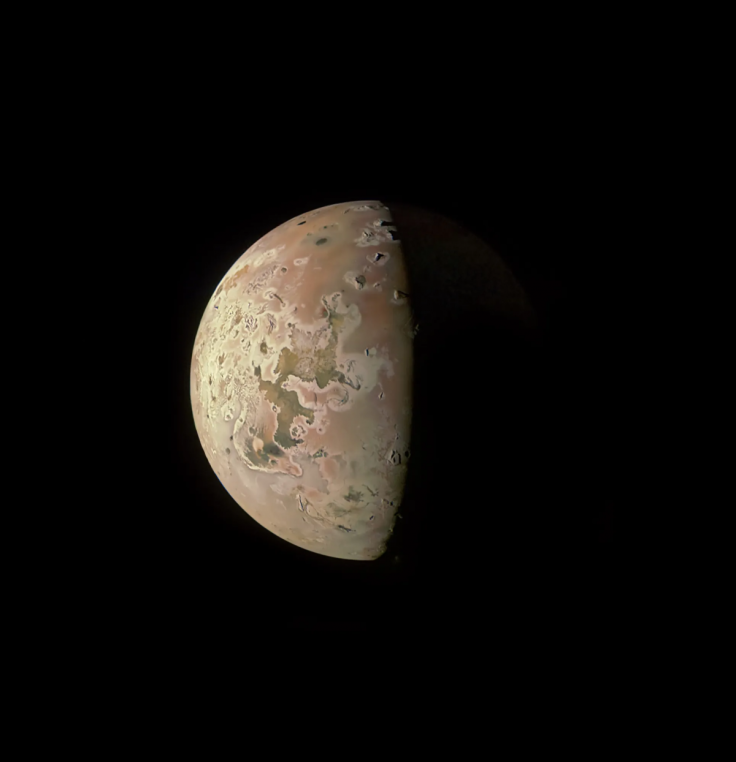After 12 years of journey in deep space, NASA's Juno spacecraft is about to get the closest look into Jupiter's moon Io this Saturday, Dec. 30.

NASA announced that the orbiter will soon come within 1.5 kilometers from Io's surface, the closest flyby any spacecraft has made with the volcanic moon in over 20 years.
A second "ultra-close flyby" is scheduled for Feb. 3, Saturday, next year.
Scientists are excited for these rare opportunities to see Io's volcanic system up close. The Jovian moon is considered the most volcanically active body in the solar system, more than Venus.
Wedged between the gravitational force of Jupiter and its sister Galilean moons, the "tortured moon" is constantly stretched and squeezed to form hundreds of volcanoes and lakes of molten silicate lava on the surface.
What is the Mission of the Juno Spacecraft?
Ever since it was launched in August 2011, the Juno spacecraft has provided astronomers with important data on Jupiter's origin and evolution, as well as the 95 moons orbiting the gas giant.
The spacecraft has already performed close flybys to Jupiter's other Galilean moons Ganymede and Europa.
Ahead of its scheduled close encounter with Io, Juno has already captured an image of the moon last October and revealed closer details to its north and south polar regions.

Juno is set to explore Jupiter's other inner moons as part of its already three-year extended mission. It is expected to continue through September 2025.
The spacecraft was named after the Roman goddess Juno, the goddess of marriage and the wife of Jupiter. Her Greek counterpart is Hera, sister and wife of Zeus.
NASA Plans for Future Jupiter Missions
While the Juno spacecraft aims to accomplish its mission with its remaining operational life, NASA has already procured more plans to further understand Jupiter and its moons.
Europa lander is a proposed surface explorer that will look for signs of life on the icy moon. The mission is set to launch as early as 2024.
There is also the Jupiter Icy Moons Explorer (JUICE) by the European Space Agency set to explore Ganymede, Callisto, and Europa. Its main mission is to determine whether Ganymede has the potential for a suitable habitat.









